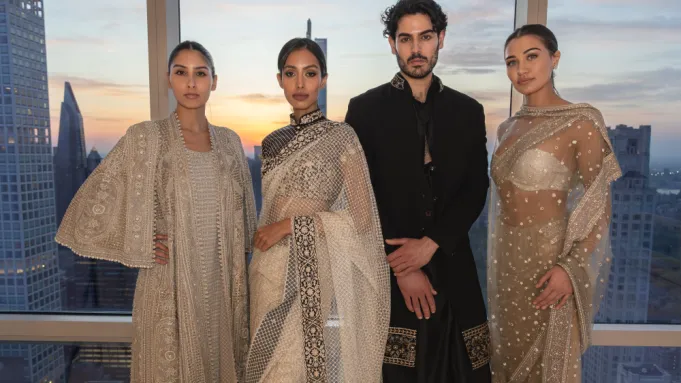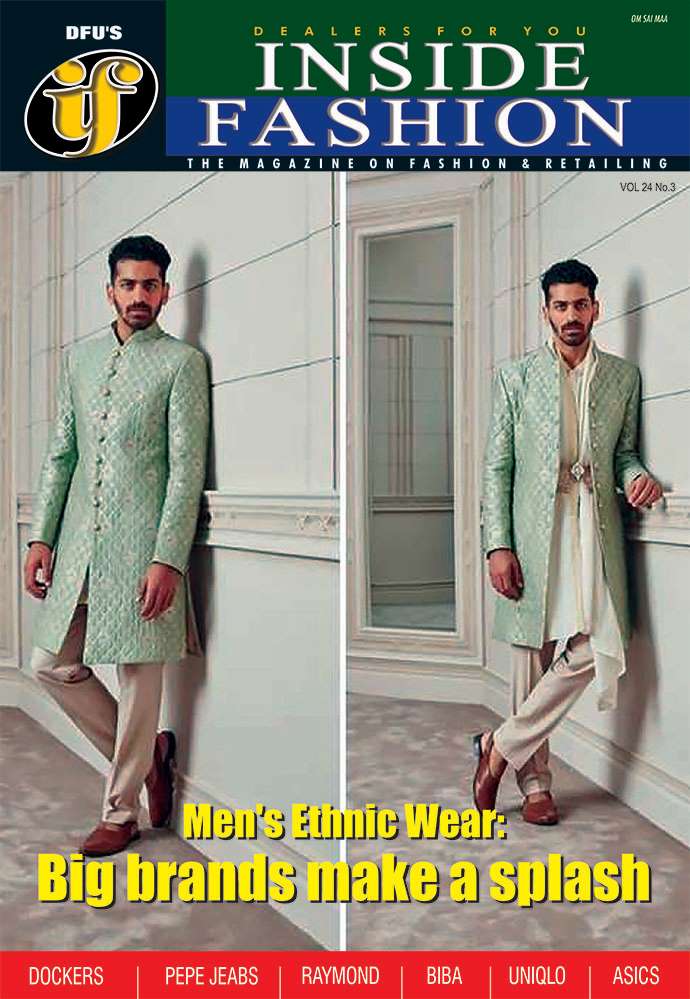Tarun Tahiliani showcases his designs at a New York event

At a recent presentation in New York, Indian fashion designer Tarun Tahiliani offered 100 guests an up-close look at his designs.
This exclusive event featured live models, a slideshow about the history of Indian fashion, and insights straight from the designer himself. It was attended by several celebrity guests including Shalini Misra, an internationally known interior architect and designer, were Bibhu Mohapatra, Navina Haidar, Indira Nooyi, Shalini Misra, Ashok Mathai, Preetha Nooyi, Susan Gutfreund, Libby Rothschild, Malini Murjani, Maya Rana Tufoe, and Fern Mallis.
At this event, Tahiliani emphasized the artistry of the Indian drape – where using nine yards of fabric is common for certain garments. Visitors to this event were attracted by intricate embroidery and luxuriousness of the displayed clothing. Tahiliani also mentioned his book, ‘Tarun Tahiliani: Journey to India Modern,’ which was launched in 2023.
A graduate from the Wharton School of Business, Tahiliani opened his first multi-brand store in 1987. Since then, he's expanded into bridal wear, menswear, accessories, and couture. After graduating from the Fashion Institute of Technology, Tahiliani staged his first runway show in 1994 at the Dorchester Hotel in London. A year later, he launched his signature design studio with a team of 10. Post-pandemic, Tahiliani introduced the brand – OTT under the Tarun Tahiliani umbrella to offer a collection of India-inspired modern separates.
His designs include a woven textile lehenga with his signature ‘TT’ embroidered hip yoke, paired with a pearl and sequin-embroidered blouse. The design features a tulle drape with matching borders and tassels. He has repeatedly pointed out how his heritage and Indian craftsmanship have influenced his approach, but he interprets elegance in a more contemporary way..
The designer drew inspiration from Chikankari embroidery, Benares brocades, Greek-inspired drapes from the Gupta period, and Pichwai art that originated 400 years ago in Nathdwara, Rajasthan. Guests were also offered a peek at the embroidered walls created under his supervision alongwith embroidered canopies used for lavish weddings.
























